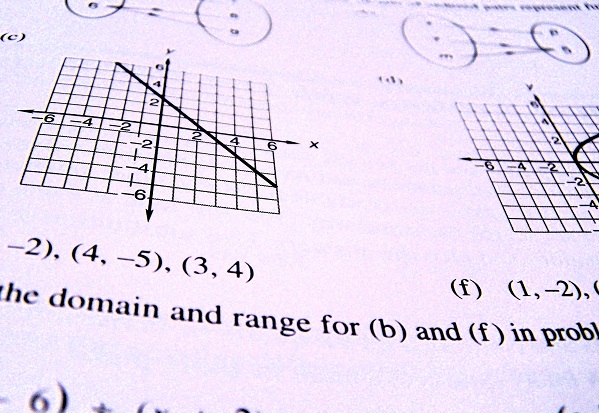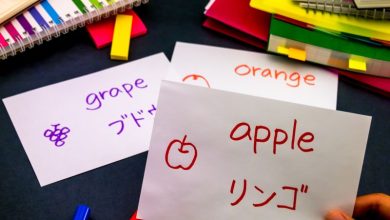Helping students through NCEA maths level one

Last year, a change of format to the NCEA level one maths exam left some New Zealand high school students in tears and saw dozens of complaints laid with testing authorities. Maths tutor William Guzzo explains how to help students manage this year.
The change of the exam’s format from straight mathematics equations to phrasing the questions in “real world” examples is what threw many students last year, says William Guzzo, founder of tutoring services Inspiration Education.
“Many students find word questions unnerving because they have to balance the maths skills and processes in their head while also trying to cope with the literacy aspects from the word questions.
“This may particularly affect those who know English as a second language, have a learning disability like dyslexia or dyscalculia or just struggle with literacy in general.”
“Even though students will have a clearer idea of the format this time around, this new format is still causing stress to students because the format is still new — and there’s still a bit of mistrust and anxiety because of last year.”
However, Mr Guzzo says a few simple strategies will help students enormously.
1. Learn all the keywords or phrases inside out: This will help you identify the possible skills that you need to apply to the question. Some key phrases to learn are: In terms of, expression, value(s) of x, solve, show that, and investigate.
2. Look for triggers and cues: For example, if you see a quadratic equation in the question, you must need to use a quadratic-based skill (expanding, factorising or solving). Showing working like this could get you an achieved mark, or kickstart your thinking to solve the question.
3. Beware of the pattern: Last year, NZQA introduced a new type of question where students had to investigate a pattern. Make sure you are familiar with the difference between this type of question compared to a normal style of question. These types of questions usually rely on playing around with numbers to prove a pattern — without any algebra needed. Otherwise, the answer could be in forming an algebraic equation that represents or shows this pattern by substituting numbers with letters.
4. Learn the basic skills inside out: Learn them until they are almost automatic to you. This helps your brain to better juggle mathematical thinking with literacy skills to interpret and answer the questions.
5. They are only going to test you on skills you already know: Make a checklist of possible skills and then identify which ones apply as you go through each question.
6. Use past exam questions, particularly 2015 and 2016 versions (available online). Go through each question and check your answers, thinking about what you did wrong and what you can do differently should a similar question arise in this exam.
7. Attempt every question: In last year’s exams, for lots of the “super hard” questions, students got “achieved” for just doing a simple skill, for example: the first expansion of a quadratic. Attempting each question and just trying to do something could be the difference between getting Not Achieved and Achieved.









